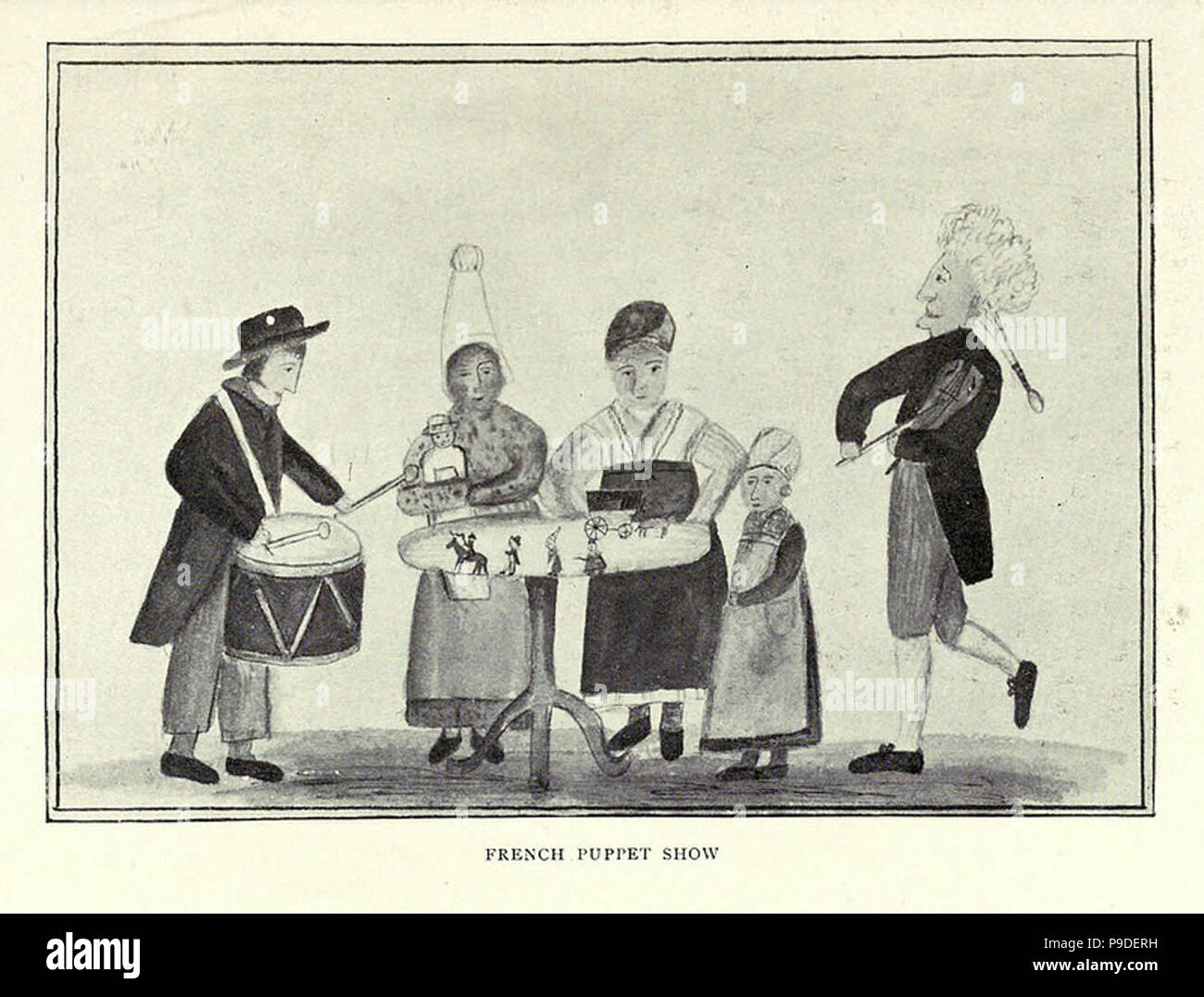Official image
The years from the 50s to the 90s, especially with the surge of modernism, were experimental in the art world. It’s easy to borrow the visual elements represented in those eras and incorporate them to exemplify today’s designs casino-lucky-tiger.com. But as a business, are you confused about how to include them in your marketing?
Often incorporating the same pastels and tropical motifs, 80s Deco was also a popular design trend, often consisting of bright neon colors, drop shadows, clean sans-serif fonts and pronounced angles and curves. And both of these trends are popping up left, right and centre in 2020.
Who would have thought that a chemical element could come to represent an entire decade? One of the most iconic styles of the 1980s, Neon was used everywhere – from film posters to album covers to video games. And it’s back to light up 2020! This year we’ve seen the neon trend used by big brands such as Nike in this video billboard and BMW in their Motorsport Sim Racing opener.
Hippie and disco were just a couple of scenes that defined the trends of the 70s and made an impact in the visual world. They brought with them a wide range of patterns, motifs and themes iconic of the decade’s style – including disco balls, flowers, peace signs, and paisley patterns to name a few. And these motifs are definitely back in fashion this year!

Theatrical artwork
Theatre art, a captivating blend of performance, storytelling, and visual spectacle, has a rich history spanning centuries and cultures. From ancient Greek amphitheatres to modern Broadway stages, theatre has evolved into a multifaceted art form that engages audiences on emotional, intellectual, and aesthetic levels. This article delves into the fascinating world of theatre art, exploring its origins, key elements, notable figures, and enduring impact on society and culture. Join us on a journey through the enchanting realm of theatrical expression and discovery.
Theatrical painting can be seen as a British variant on another artistic genre: history painting. The latter had long been fashionable in France and Italy, and drew for its subject matter on historical events, classical mythology and the Bible.
Behind the scenes, theatre is a complex art form rooted in ancient traditions that continue to evolve. The foundations of theatre art were laid in Greece, but throughout history, it has adapted to reflect the changing tastes and cultural narratives of societies around the world. Modern theatre continues to explore new narratives, methods, and technology, thus constantly redefining the boundaries of performance and audience engagement. This persistent transformation keeps theatre a relevant and dynamic form of cultural commentary and creative expression.

Theatre art, a captivating blend of performance, storytelling, and visual spectacle, has a rich history spanning centuries and cultures. From ancient Greek amphitheatres to modern Broadway stages, theatre has evolved into a multifaceted art form that engages audiences on emotional, intellectual, and aesthetic levels. This article delves into the fascinating world of theatre art, exploring its origins, key elements, notable figures, and enduring impact on society and culture. Join us on a journey through the enchanting realm of theatrical expression and discovery.
Theatrical painting can be seen as a British variant on another artistic genre: history painting. The latter had long been fashionable in France and Italy, and drew for its subject matter on historical events, classical mythology and the Bible.
Release art
Built on monday.com Work OS, monday dev allows you to implement and manage your ART from one flexible platform. You can scale your Agile delivery from the convenience of Scrum for small teams to the enterprise-wide structure of SAFe for larger organizations. Here are five features to help facilitate collaboration, planning, and execution across multiple teams and levels of the organization.
The business owner is the key internal stakeholder responsible for delivering the ART’s intended business outcomes, such as ROI, governance, and compliance. They also ensure the ART aligns with organizational goals.
The regular ceremonies, such as the PI Planning and the Inspect and Adapt, provide opportunities for reflection, learning, and improvement. By continuously refining processes and addressing impediments, teams can optimize their productivity and achieve higher levels of efficiency.
Imagine a symphony orchestra where musicians play in perfect harmony to create a magnificent performance—this is precisely how an Agile release train operates, bringing together 50-150 professionals across multiple teams to deliver complex solutions with unprecedented alignment and efficiency.
Leave a Reply